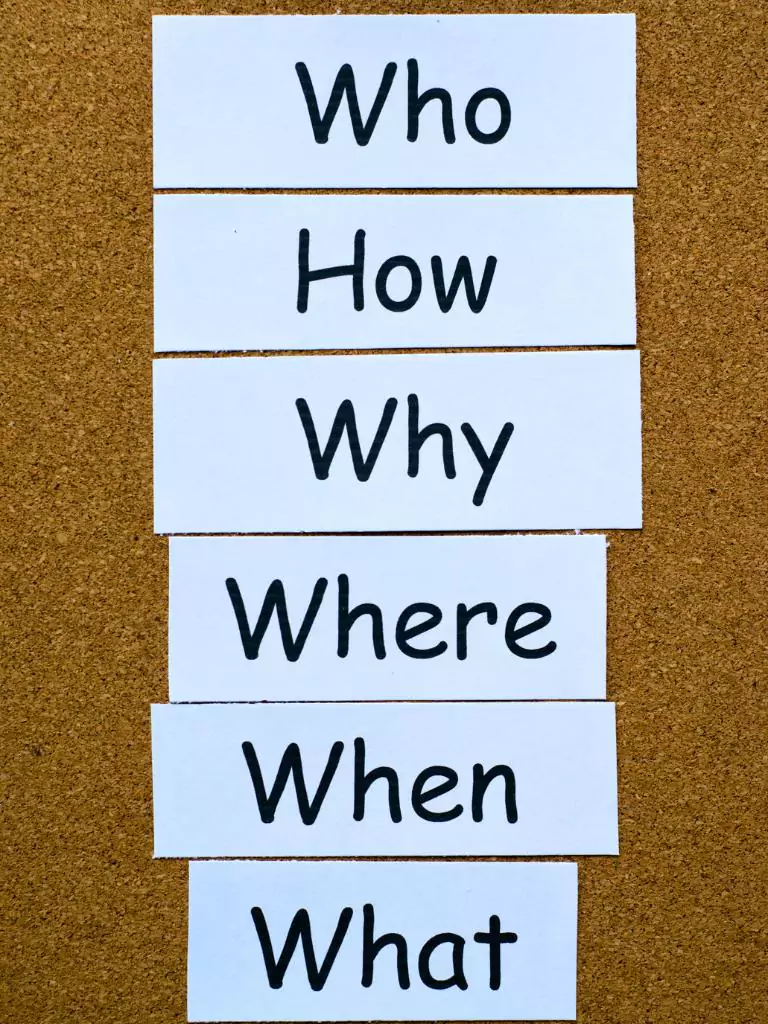Picture this: It’s 6 p.m., my toddler is having a meltdown because I cut her sandwich “wrong,” my preschooler is using the dog as a canvas for his marker masterpiece, and I’m wondering if I’ll ever get through a day without losing my cool. That was me, three years ago, before I discovered the magic of a Parenting Plan Worksheet. If you’re a U.S. mom aged 25–40, wrangling toddlers or preschoolers, you know the chaos is real—but so is the love. Those fleeting moments of giggles and cuddles are worth fighting for, and a plan can help you find them.
I’m Jessica, a mom of three, and I’m here to share the seven steps that turned my hot-mess days into a rhythm of joy, connection, and (mostly) calm. This isn’t about being a perfect Pinterest mom—it’s about being a prepared one. Whether you’re battling bedtime wars or drowning in laundry, these steps will help you create a Parenting Plan Worksheet that’s as real and relatable as you are. Let’s dive in, mama, and take back control of your days.
Step 1: Find Your “Why” – What’s Driving You?
Before you touch a pen or open a notes app, pause and dig deep. Why do you need a Parenting Plan Worksheet? Maybe you’re tired of yelling over spilled juice or craving more quality time with your little ones. For me, it was the guilt of feeling like I was surviving motherhood instead of savoring it.
How to Do It:
- Grab a coffee (or hide in the bathroom for five minutes) and ask yourself:
- What’s the toughest part of your day right now? (Morning rush? Bedtime battles?)
- What’s one thing you wish you had more time for with your kids? (Snuggles? Park trips?)
- What do you need to feel like you again? (A quiet moment? A workout?)
- Write down your answers. This is your “why”—the heart of your plan.
My Story: I realized I was spending too much time cleaning and not enough time playing. My “why” became “more messy fun, less stress.” That focus kept me grounded.
Pro Tip: Pin your “why” at the top of your worksheet. It’s your reminder when the days get wild.
Step 2: Sketch Your Daily Rhythm
Toddlers and preschoolers crave routine like they crave Goldfish crackers—it’s comforting and predictable. Your Parenting Plan Worksheet should map out a loose daily flow that balances their needs with yours. Think of it as a rhythm, not a rigid schedule.
How to Do It:
- Break your day into three chunks: morning, afternoon, evening.
- List 2–3 key activities per chunk, like meals, playtime, or naps.
- Here’s what mine looks like:
- Morning: Breakfast, free play, outdoor walk.
- Afternoon: Lunch, craft time, nap/quiet time.
- Evening: Dinner, bath, bedtime stories.
Personal Touch: My youngest used to fight naps like they were a personal insult. Adding a stuffed animal “nap buddy” turned it into a cozy ritual. Find your kid’s magic trick.
Step 3: Plan for the Unexpected
Life with little ones is like a box of chocolates—sometimes you get a tantrum instead of a treat. Your Parenting Plan Worksheet needs wiggle room for sick days, cranky moods, or that moment when you just can’t even.
How to Do It:
- Create a “Plan B” list with 3–5 low-effort ideas:
- Movie marathon with popcorn.
- Coloring books and stickers.
- Indoor “camping” with a blanket fort.
- Build in 15-minute buffers between activities to avoid rushing.
- Embrace the mess—some days, PJs and snuggles are enough.
Mini-Story: One day, a stomach bug derailed our park plans. Instead, we had a “bed picnic” with crackers and stories. The kids loved it, and I survived. You will too.
Step 4: Carve Out Self-Care Time
Mama, you’re not just a mom—you’re a human with needs. A Parenting Plan Worksheet without self-care is like a car without gas. You deserve moments to recharge, even if they’re small.
How to Do It:
- Schedule one daily “micro-moment” (5–10 minutes):
- Sip tea while the kids play.
- Do a quick stretch or meditation.
- Plan one weekly “win” (30–60 minutes):
- A solo coffee shop visit.
- A walk with a friend.
- If you have a partner, agree on “mom time” where you’re off-duty.
My Hack: I keep a “happy list” on my fridge—things like “read a page of my book” or “text my bestie.” On tough days, I pick one and make it happen.
Step 5: Make Room for Connection
The best part of motherhood is the heart-melting moments—those sticky hugs and silly giggles. Your Parenting Plan Worksheet should prioritize connection to make those memories last.
How to Do It:
- Pick one daily ritual, like:
- Singing a bedtime song.
- A morning “I love you” hug.
- Plan one weekly tradition, like:
- Friday pizza night with a dance party.
- Sunday park adventure.
- Schedule one monthly “memory maker”:
- A zoo trip.
- Baking cookies together.
Gentle Humor: My kids are obsessed with “Waffle Wednesday.” It’s just waffles with whipped cream, but they act like it’s Christmas. Small moments, big wins.
Step 6: Design Your Worksheet
Now it’s time to bring it all together. Your Parenting Plan Worksheet can be a simple notebook page, a Google Doc, or a cute Canva design. Here’s a template to get you started:
Parenting Plan Worksheet
My Why: [Your parenting goals]
Daily Rhythm:
- Morning: [Key activities + times]
- Afternoon: [Key activities + times]
- Evening: [Key activities + times]
Plan B Ideas: [3–5 backup activities]
Self-Care:
- Daily Micro-Moment: [Your 5–10 min break]
- Weekly Win: [Your bigger recharge]
Connection:
- Daily Ritual: [Your small moment]
- Weekly Tradition: [Your family fun]
- Monthly Memory Maker: [Your big adventure]
Step 7: Review and Tweak Regularly
Your Parenting Plan Worksheet isn’t a one-and-done deal. Kids grow, needs change, and what worked last month might flop now. Check in with your plan every 4–6 weeks to keep it fresh.
How to Do It:
- Set a reminder on your phone for a “plan check-in.”
- Ask yourself:
- What’s working? (Celebrate those wins!)
- What’s not? (Ditch or tweak it.)
- Update your worksheet with new activities or goals.
Reassurance: My first plan was a mess—too many activities, not enough grace. But each tweak made it better. You’ll find your groove, mama.
You’re Already Doing Amazing
Creating a Parenting Plan Worksheet is like giving yourself a big, warm hug. It’s not about perfection—it’s about finding a rhythm that lets you enjoy the chaos of raising toddlers and preschoolers. My plan helped me trade tantrum tears for tickle fights, and I know it can work for you too.







